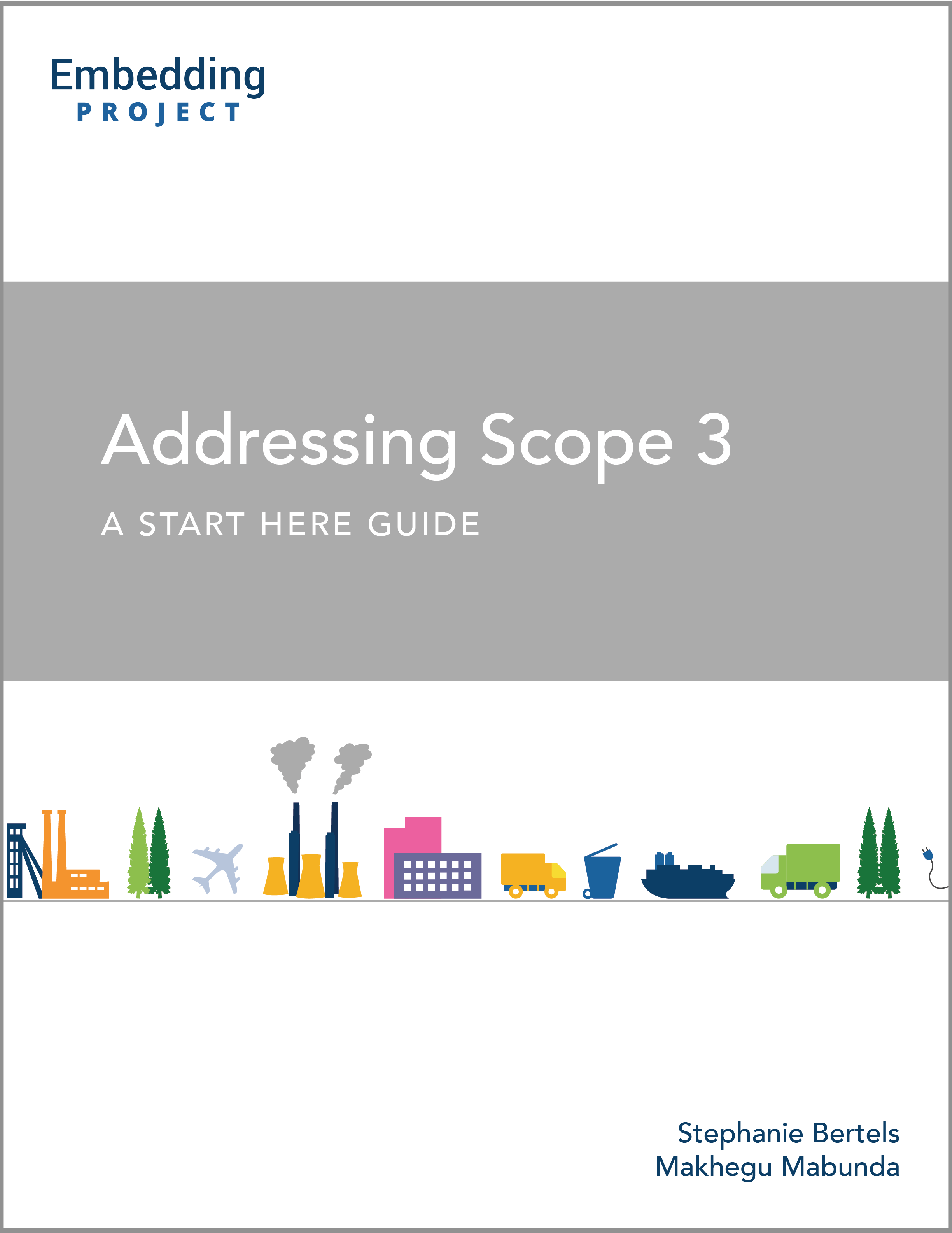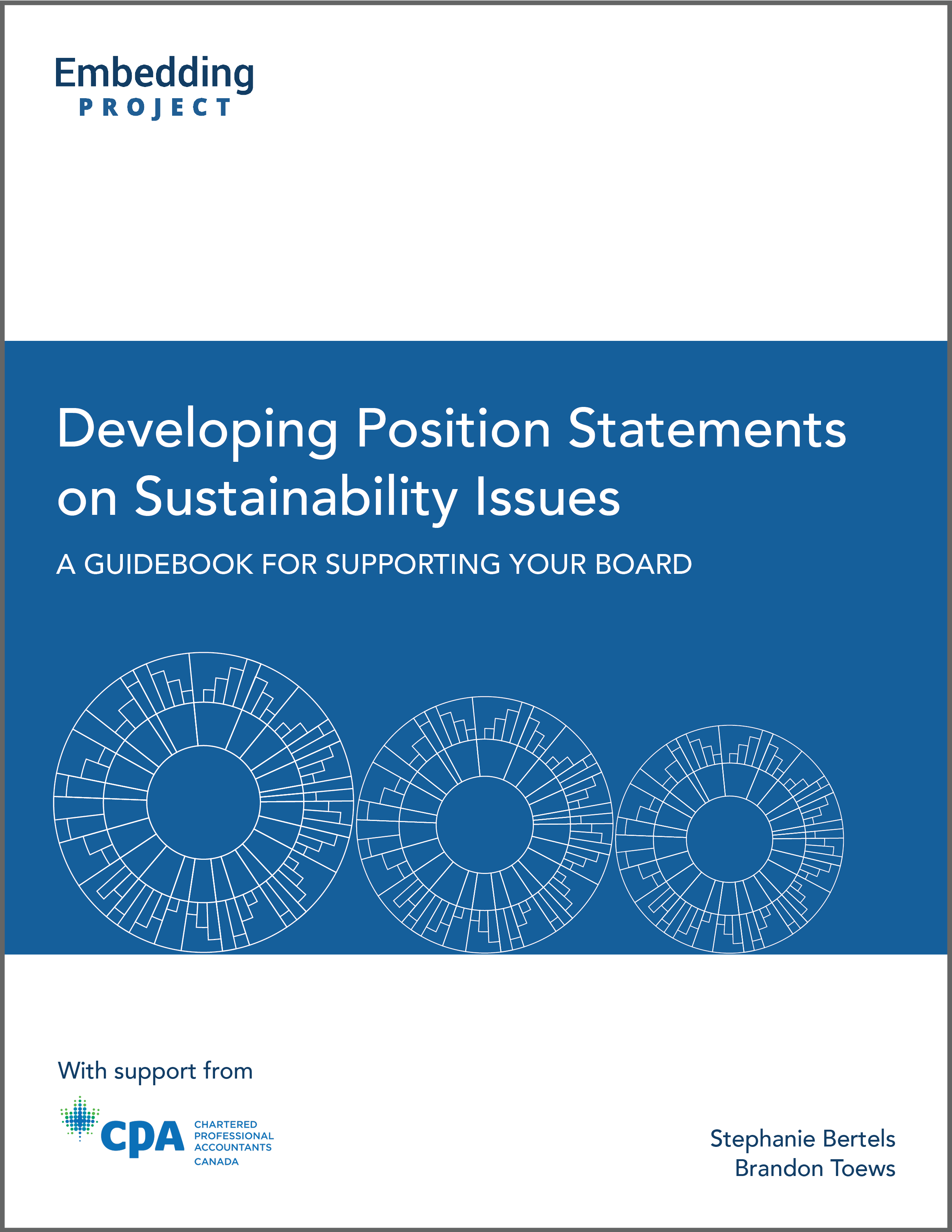Setting credible goals is integral to articulating how your organisation plans to do its part to support environmental and community resilience (see our blog for more details). Since companies have limited control over their value chain, these goals will be based on leveraging your influence. However, you must be careful not to offload the burden of change onto suppliers. Instead, try to see your value chain as an extension of your business and acknowledge your responsibility for addressing the impacts of the goods and services that you use. Your goals, then, should reflect your fair contribution of resources to supporting suppliers in achieving desired sustainability outcomes.1, 2 Additionally, you might encourage suppliers to set their own goals by highlighting the benefits they stand to gain. Where feasible, consider closer collaboration with suppliers to meet shared sustainability goals jointly.
EXAMPLE: Levi Strauss & Co. set contextual water targets at the basin level
LS&Co. conducted life cycle assessments to understand water use in its supply chain and help shape programs to address these impacts. Utilising tools like the WWF Water Risk Filter, LS&Co. identified water risks in its supply chain and categorised suppliers based on local water stress levels. Suppliers in less stressed areas were given efficiency targets, while those in high-stress regions received stricter water use targets, illustrating a contextual water strategy.3
EXAMPLE: Ericsson sends climate action letter to suppliers
Ericsson's climate goal aligns with limiting global warming to 1.5°C as outlined in the Paris Agreement and expects its suppliers to do the same. In a letter to suppliers, the company asked suppliers to set public climate targets of their own and shared resources to get started.4
EXAMPLE: [INDIRECT] HP challenges marketing agencies to diversify their workforce
HP challenged its top five U.S.-based marketing agencies to significantly increase the number of women and minorities working on HP accounts, with particular attention to senior roles.5





![[PUBLIC] The Procura+ Manual: A Guide to Implementing Sustainable Procurement: Chapter II cover](http://images.ctfassets.net/9wz1ed4si6rc/ZZvgeFRuPPOqYvEY5YdCT/cede5981f35b5fa3fcb0909a0a8f7d03/image.png)